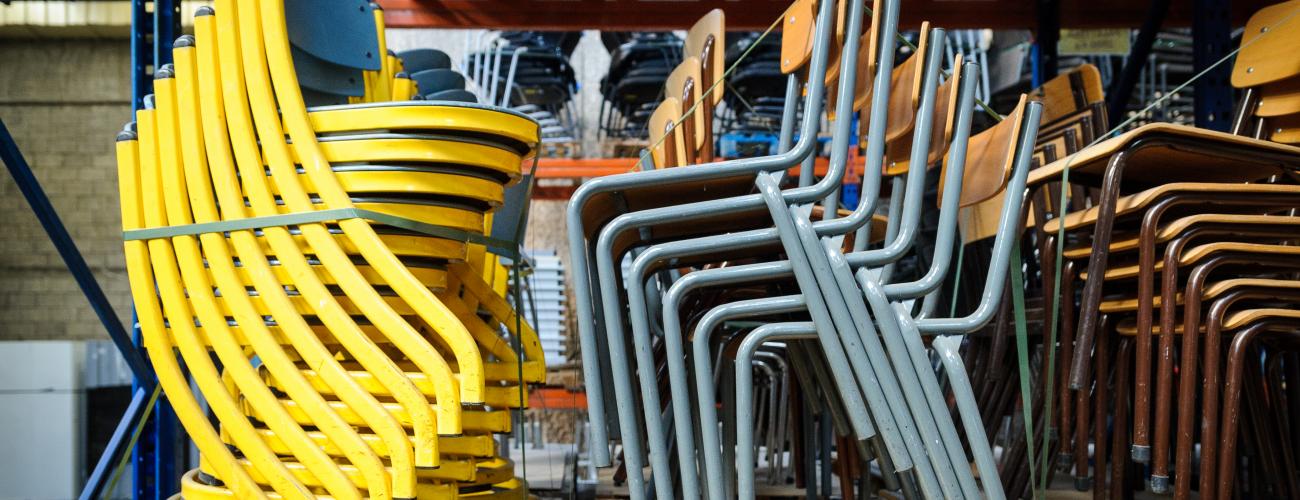
Lots de chaises de bureau dans les locaux de l'entreprise Tricycle Environnement
©TERRA_Arnaud Bouissou
Mathematics and applications
Advantage of the programme
The huge growth in the use of digital data in all areas of science, technology and society has made it necessary to train highly competent mathematical researchers who understand both how to acquire and process digital data, and how this data can be automatically interpreted.
The master in Mathematics and applications was created in 1996 in France. In partnership with other academic institutions, Ecole des Ponts ParisTech trains each year about 150 students for careers in public and private research in the field of applied mathematics for data, image, and signal processing.
Master 1
The aim is to deliver high level courses in applied mathematics and to prepare the students to all jobs for mathematicians:
- Research in academia or companies
- Engineering in mathematics for industry, insurance companies and banks, startups
- Teaching mathematics.
Master 2 - tracks
This program focuses on the techniques of quantification and risk coverage on the financial markets. It begins with the presentation of the mathematical tools used to model financial instruments (stochastic computation, temporal series). An examination of their use for evaluating and managing risks follows this, backed up by the direct transfer of experience by trading room professionals. Special emphasis is placed on the study of the numerical methods (probabilistic and analytical) used in the valuation and coverage of the corresponding financial instruments.
The specificities of these methods for application to the insurance or energy sectors are set out. Particular stress will be placed on the modelling of credit risk and the features of high-frequency trading.
The MVA Masters program provides an advanced mathematical and experimental training in analysis, PDEs, geometry, probability, and statistics, used in the study of current research on vision, hearing, learning and information theory, biological and medical imaging.
“M” for “Mathematics”: in this course, data processing and analysis is considered as a mathematical discipline in its own right, insofar as it is bringing about new ways of looking at (classical) mathematics
“V” for “Vision”: students will learn about images, video and computer-generated images, plus sound and other alphanumeric data
“A” for “Learning”: the programme will provide students with an in-depth understanding of the structure and geometry of all of the data interpretation and representation algorithms (both new and old) being used in emerging fields
The core theme of the MAS program is the theoretical and numerical study of problems modelled by linear and nonlinear partial differential equations drawn from various spheres such as physics, engineering science, chemistry, biology, economics, as well as the methods of scientific calculus. Their purpose is to simulate these problems numerically. With its wide range of courses, this Masters program offers the opportunity to explore and master the different aspects of these disciplines. The different mathematical fields concerned are diverse and fast changing; their development is reflected in a growing need for research mathematicians, and this role is the primary objective of this Masters program.

